
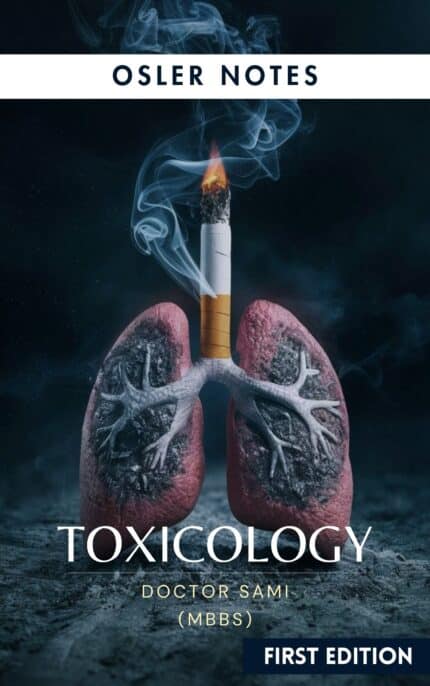
CXR Interpretation
$45.00 Original price was: $45.00.$30.00Current price is: $30.00.
🎥 Imaging: The eye 👁️ of clinical filmmaking — capturing the visual narrative of the body in motion & stillness 🧍♀️🫀.
🎥 Just like a camera on set, imaging tools decide what we see, how we see it, and when to press record.
They turn the abstract into the observable:
-
X-ray = Your Clinical Photography Camera 📸 — capturing a quick, essential snapshot of the scene. Fast. Focused. Full of clues.
-
CT = Your Drone Camera 🚁 —swooping in with layers of depth and perspective
-
MRI = 📷 DSLR with Macro Lens 🎯—Slow, deep, and incredibly detailed — capturing rich contrast, soft tissue, and subtle pathology.
-
Ultrasound = 🎥 Handheld Camera—Mobile, bedside, and real-time — perfect for capturing motion, guiding procedures, and reacting in the moment.
📖 Chest X-ray: Become a Creative Clinical Photographer (Technician?!)
“Oh, so this book trains me like an X-ray technician?”
No, no… not quite. 😅📚
It teaches you to see—like a creative photographer sees. 📸✨
Because as legendary photographer Ernst Haas once said:
“The camera doesn’t make a bit of difference. All of them can record what you are seeing. But you have to SEE.” 👁️🔍
And in medicine, seeing isn’t about the machine 🖥️ or the scanner 🌀…
It’s about the mind behind the lens 🧠🎥—
Your imagination 💡, your clinical intuition 🩺,
Your ability to capture the story behind the shadow… 🌫️➡️📖
This book is your lens into:
🧠 The fundamentals of X-ray physics (without the fluff)
🖼️ Visual diagnosis with depth & clarity
🩺 Real-world patterns every clinician must know
🎨 The art of reading between the lines—and beyond the obvious
Bonus: 🎉 15 Self-Assessment Cases 🧩 to test your knowledge and apply what you’ve learned in real-world scenarios 🌟!
📘 What You’ll Learn in This Book
Chapter 1: Introduction & Physics 🌟
-
Become familiar with the basic physics & method of obtaining chest X-rays.
-
Understand the basic chest X-ray views:
-
PA view
-
Lateral view
-
AP view
-
Chapter 2: Systemic Approach 🔄
-
Introduce a systematic approach to interpreting chest X-rays.
-
Understand the correlation between anatomy & normal shadows on the X-ray.
Chapter 3: Assessing Technical Quality 🧐
-
Be able to assess the technical quality of a chest X-ray.
-
Understand how specific reductions in quality impact the accuracy of an X-ray's interpretation.
Chapter 4: Airways, Bones, & Soft Tissues 💨🦴
-
Learn to evaluate the airways, bones, & soft tissues on a chest X-ray.
-
Understand common causes of abnormalities in these structures.
Chapter 5: Cardiac Silhouette & Mediastinum ❤️
-
Learn how to assess the cardiac silhouette & mediastinum on X-ray.
-
Understand the common etiologies of abnormalities seen in these structures.
Chapter 6: Diaphragm and Pleura 🫁
-
Identify abnormalities of the diaphragm & pleura, including conditions such as air under the diaphragm.
-
List common etiologies associated with these abnormalities.
Chapter 7: Diffuse Lung Diseases 🌫️
-
Identify and understand the differential diagnosis of low lung volumes & hyperinflation.
-
Recognize pulmonary edema & distinguish between cardiogenic and non-cardiogenic etiologies using specific radiographic features.
-
Classify interstitial processes based on their radiographic characteristics.
-
Compare the typical findings associated with alveolar and interstitial processes.
Chapter 8: Focal Lung Diseases 🫁🔍
-
Identify, localize, and describe focal opacities, particularly pneumonia.
-
Understand the varied appearances of pulmonary nodules and cavitations, along with their differential diagnoses.
Chapter 9: Atelectasis, Lines, Tubes, Devices, and Surgeries 🩺
-
Identify atelectasis and lobar collapse.
-
Understand the general mechanisms & etiologies of atelectasis.
-
Accurately identify lines, tubes, and devices, and assess for proper placement & complications.
-
Recognize evidence of prior cardiac surgery, including the identification of prosthetic heart valves.
Chapter 10: Self-Assessment 🎓
-
Test your attention & your ability to apply everything you've learned from the previous nine chapters.

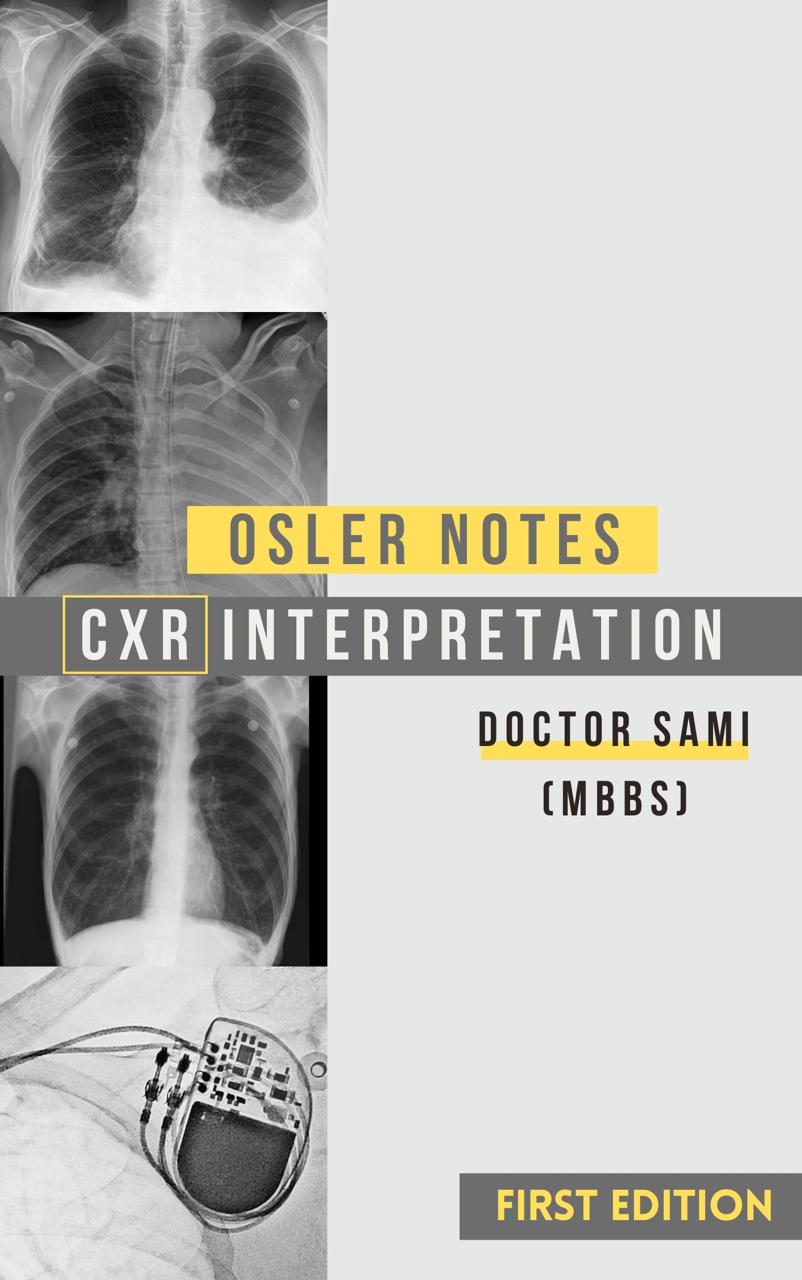
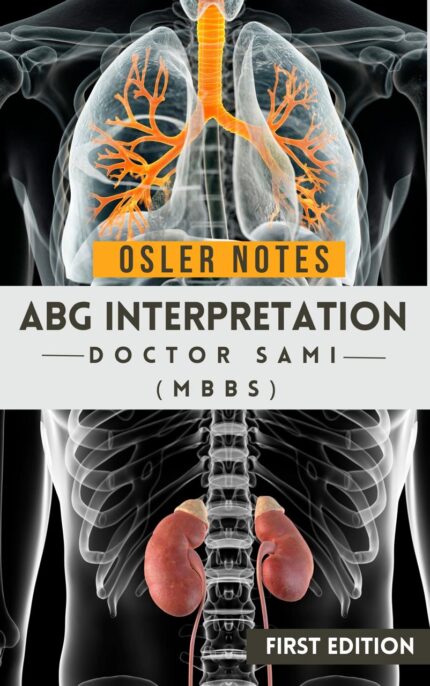
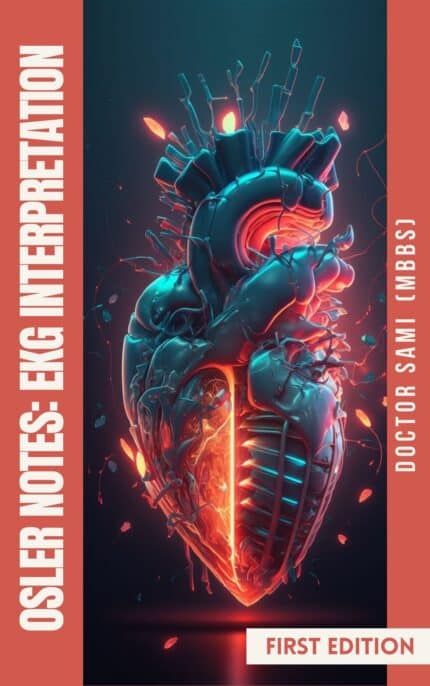
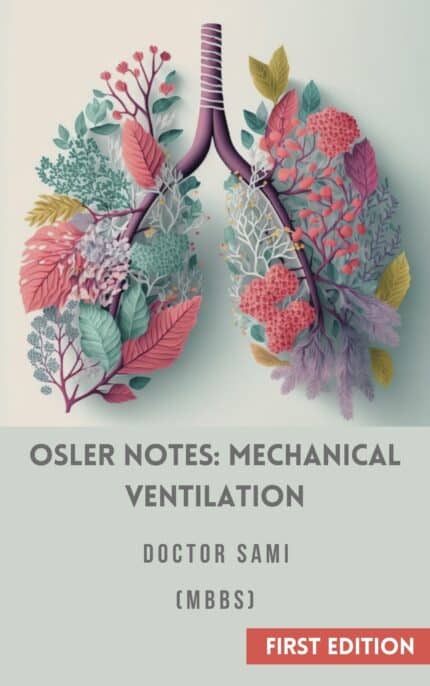
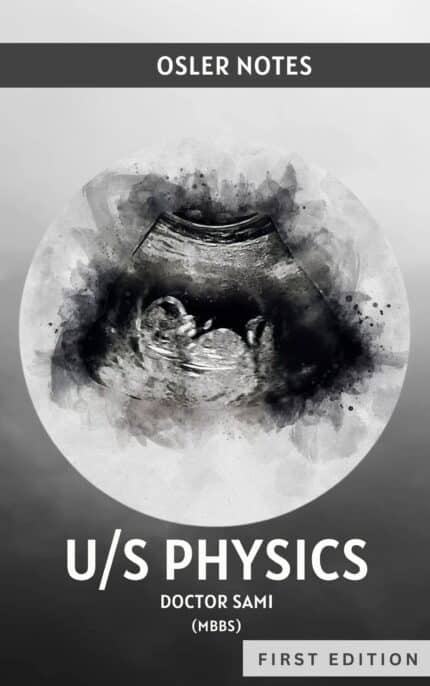
Reviews
There are no reviews yet.